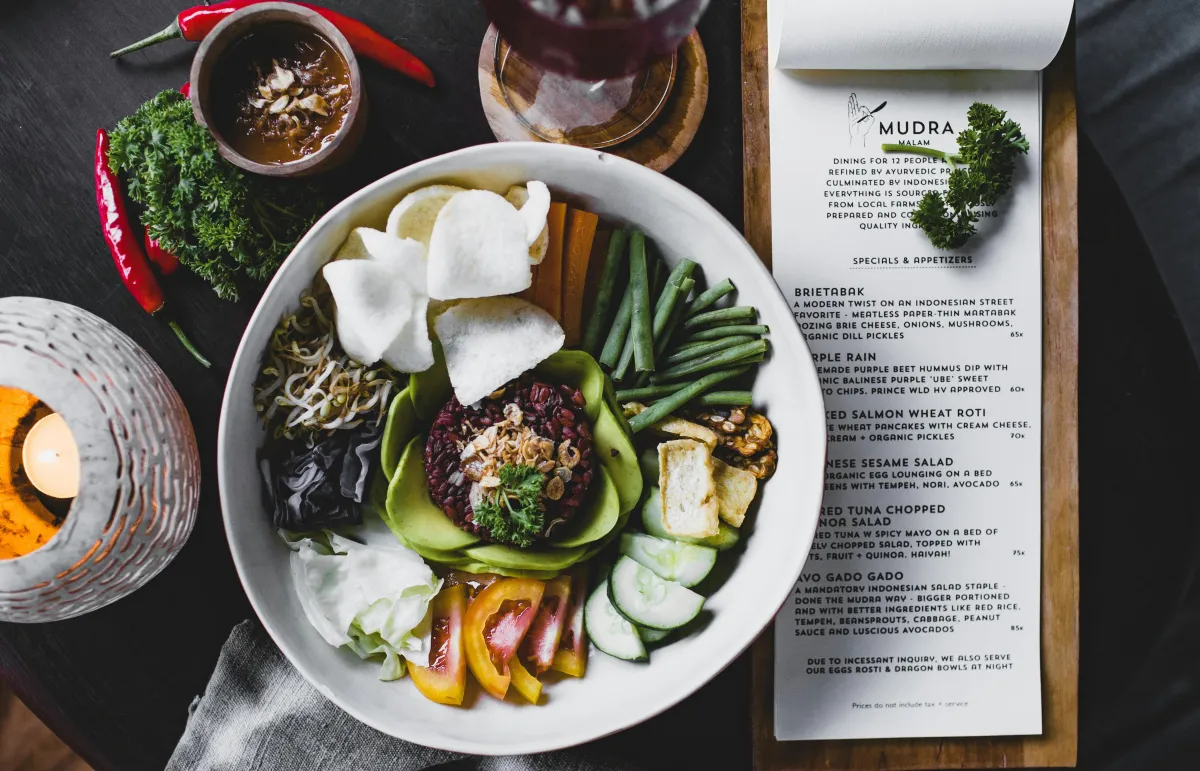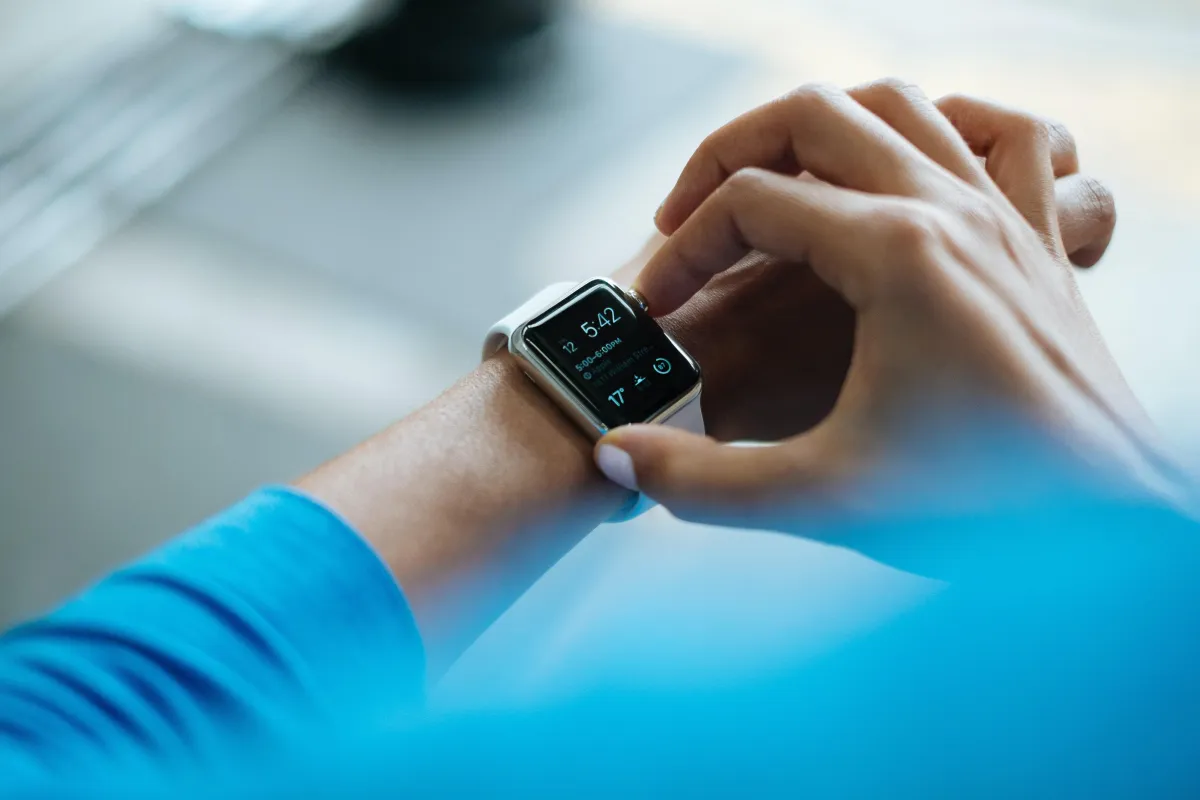OUR RECENT POSTS

Portion Control Tips Inspired by Blue Zone Cultures
When it comes to healthy living, one of the most powerful yet often overlooked factors is portion control. The way we manage the amount of food we eat plays a significant role in our overall health, weight management, and longevity. But portion control isn’t just about restricting yourself or counting calories—it’s about fostering a mindful approach to eating that supports your well-being.
One of the best places to look for inspiration on portion control is the Blue Zones—the regions of the world where people live significantly longer, healthier lives. These areas, including places like Okinawa (Japan), Sardinia (Italy), and Ikaria (Greece), are renowned for their high life expectancy and low rates of chronic diseases. The diets and lifestyle habits in these areas offer key insights into how to practice healthy portion control while still enjoying delicious, satisfying meals.
In this blog, we’ll explore portion control tips inspired by the eating habits of Blue Zone cultures, so you can adopt simple yet effective strategies for a longer, healthier life.
🌍 What Are the Blue Zones?
The Blue Zones refer to five regions around the world where people live the longest, healthiest lives. These regions include:
Okinawa, Japan
Sardinia, Italy
Ikaria, Greece
Nicoya Peninsula, Costa Rica
Loma Linda, California, USA
In these regions, people often live well into their 90s and beyond, with lower rates of chronic diseases like heart disease, cancer, and diabetes. Research has shown that their long, healthy lives are attributed to a combination of factors, including genetics, physical activity, strong social connections, and, of course, diet.
One common thread among these cultures is the way they approach food. They practice mindful eating, make conscious decisions about portion sizes, and prioritize nutrient-dense, plant-based foods.
🍴 Portion Control Tips Inspired by Blue Zone Eating Habits
1. Eat Slowly and Mindfully
In Blue Zones, meals are often shared with family or friends, and eating is seen as an enjoyable social experience. People take time to savor their food and eat slowly, which not only enhances the enjoyment of the meal but also helps with portion control. Eating slowly allows your brain to signal when you’re full, helping you avoid overeating.
Tip: Put down your fork between bites, chew thoroughly, and focus on the flavors and textures of your food. This will give your body time to register fullness and help prevent overeating.
2. Use Smaller Plates
In many Blue Zone cultures, smaller plates are commonly used for meals, which naturally encourages smaller portion sizes. The visual aspect of filling a smaller plate makes it seem like you’re eating more, even if the actual portion is smaller.
Tip: Switch to smaller plates and bowls at home. This simple change can help you eat less without feeling deprived, as your brain is tricked into thinking you’re eating a larger meal.
3. Follow the 80% Rule (Hara Hachi Bu)
The Okinawans have a traditional practice known as "Hara Hachi Bu," which translates to "eat until you are 80% full." This practice encourages people to stop eating when they feel comfortably satisfied, rather than when they are completely full. It’s a key habit that contributes to their long, healthy lives and prevents overeating.
Tip: Before finishing your meal, pause for a moment and check in with your hunger levels. Are you still hungry or just eating out of habit? Try to stop eating when you’re about 80% full, and give your body time to digest before deciding if you want more.
4. Prioritize Plant-Based Foods
In Blue Zones, meals are primarily plant-based, with a strong emphasis on vegetables, fruits, whole grains, legumes, and nuts. These nutrient-dense foods are naturally lower in calories, allowing for larger portions without overconsumption of calories. By filling up on these foods, you’re supporting both your health and portion control.
Tip: Fill half of your plate with vegetables or plant-based foods. This will leave you feeling satisfied while helping you consume fewer calories overall.
5. Eat Mostly Whole, Unprocessed Foods
Blue Zone diets are rooted in whole, unprocessed foods. This means eating foods in their natural state, without added sugars, unhealthy fats, or artificial additives. Processed foods are often calorie-dense, making it easy to eat more than you need. By choosing whole foods, you can eat larger portions of nutrient-dense meals without worrying about overeating.
Tip: Make the majority of your meals from whole grains, fresh vegetables, legumes, and fruits. Limit highly processed snacks or fast food, which can encourage overeating.
6. Smaller Meat Portions
In Blue Zone cultures, meat is typically consumed in small portions, and often only a few times a week. Instead of large servings of meat, it’s used as a condiment or flavoring for plant-based meals. This practice not only helps with portion control but also reduces the intake of saturated fats and cholesterol.
Tip: If you enjoy meat, try reducing portion sizes and make it an occasional treat rather than the centerpiece of your meal. Focus on plant-based proteins like beans, lentils, and tofu for the majority of your meals.
7. Eat with Others
In Blue Zones, meals are often enjoyed with friends and family. Sharing meals encourages slower eating, mindfulness, and connection, which all contribute to healthier portion control. It’s much easier to practice portion control when you’re not eating in isolation or rushing through your meal.
Tip: Make mealtime a social event. Gather with family or friends to share a meal, savor the flavors, and enjoy meaningful conversations. Eating in a relaxed, supportive environment can help you be more mindful of your portions.
🥗 How to Implement These Tips in Your Life
Adopting portion control habits inspired by Blue Zone cultures doesn’t require a complete overhaul of your diet—it’s about making small, sustainable changes. Here are some practical steps to help you get started:
Practice mindfulness: Before meals, take a moment to check in with your hunger levels. Focus on the meal and the people you’re eating with. Avoid distractions like TV or smartphones during meals.
Smaller portions, bigger plates: Use smaller plates, bowls, and utensils to help you manage portion sizes naturally.
Fill up on plants: Make vegetables the foundation of your meals, followed by small portions of whole grains, legumes, and lean proteins.
Stop eating before you’re full: Listen to your body’s signals and stop eating when you’re about 80% full to avoid overeating.
Enjoy meals with others: Eating together enhances the overall experience and makes it easier to eat mindfully and in moderation.
🍽 A Balanced Approach to Eating for Longevity
Portion control is one of the key factors behind the long, healthy lives of people living in Blue Zones. By practicing mindful eating, prioritizing plant-based foods, and following simple portion control strategies, you can significantly improve your health and longevity. The goal isn’t to restrict or deprive yourself—it’s about creating a balanced, sustainable approach to food that nourishes your body and supports long-term well-being.
Start incorporating these Blue Zone-inspired portion control tips into your daily life and enjoy the benefits of eating mindfully for a healthier, longer life.
One or more of the links above are affiliate links, meaning, at no additional cost to you, we will earn a slight commission if you click through and make a purchase. Each of these products is chosen by a trusted member of our team.



Email: partnerships@beyondbluehealth.com
Site: www.beyondbluehealth.com
